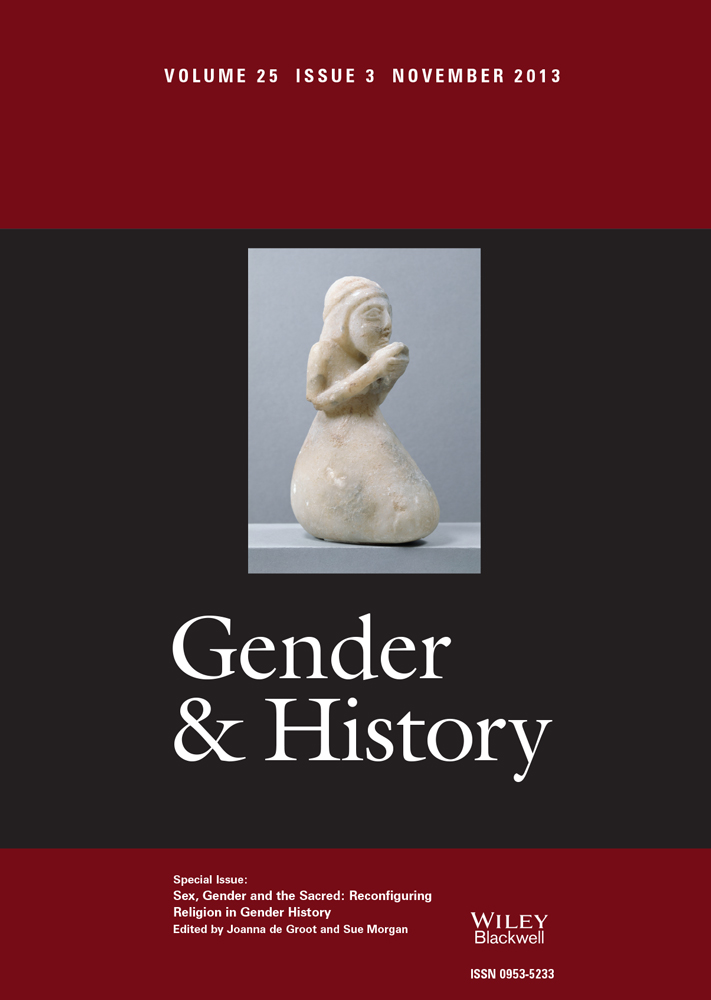From Gender and History:
Agyepong’s case study addresses the particular lack of information about African American girls’ experiences in the early juvenile justice system. The article reveals the way intersecting notions of race, gender, and sexuality shaped reformers and practitioners at the state’s flagship institution for delinquent girls. Black girls became subject to a race-specific and gendered construction of female delinquency. Despite data that contradicted their conclusions, staff members believed they were the most violent girls in the institution and constructed them as being sexually aberrant. Unlike the image of a fixable, inherently innocent delinquent that spurred the child-saving movement, Black girls were cast as inherently deviant, unfixable, and dangerous delinquents whose negative influences could contaminate other children in the institution.

